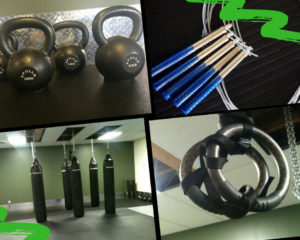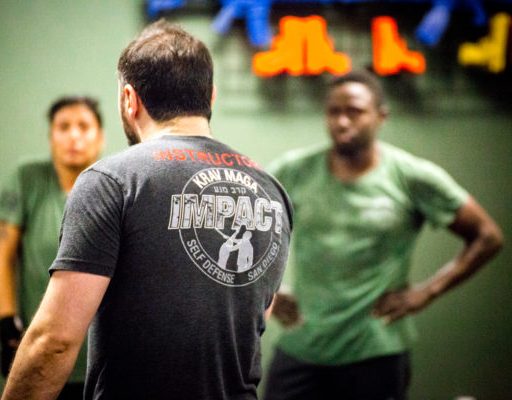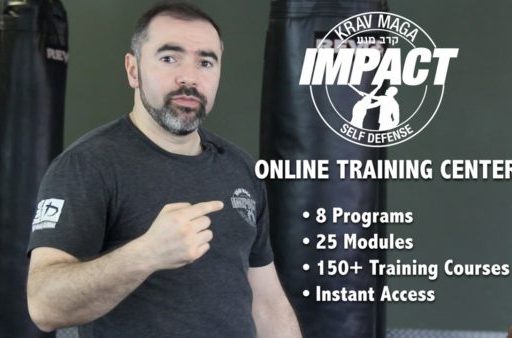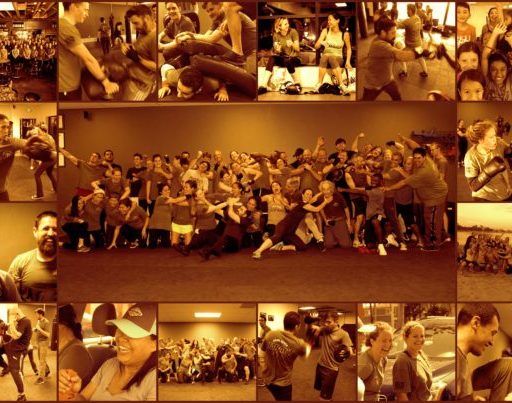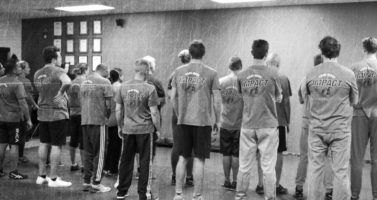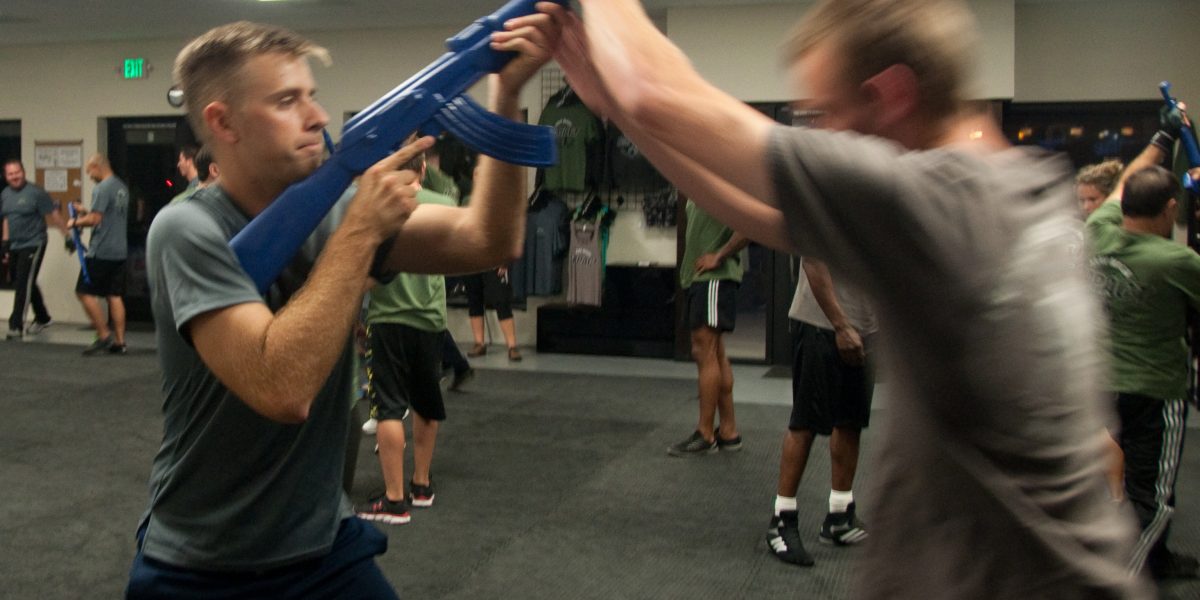
Krav Maga Ranking Structure
As you know, Impact Krav Maga is an affiliate of Krav Maga Global (KMG), an elite Israeli Krav Maga Organization headed by the world’s top ranked Krav Maga Instructor, Eyal Yanilov. As such, we adhere to the ranking structure of the KMG Federation that is recognized in all KMG affiliated schools in over 50 different countries across the world. Therefore we wanted to discuss the general structure of the ranking system and progression guidelines between ranks.
Before reading the rest of the article, please remember, we (Veronica and Yury) do not advocate and promote “rank chasing”, the act of training simply for the benefit of achieving the next rank. Your goal should be to improve and get better with every class. Rank comes as a result of your hard work and dedication to training, but rank itself is meaningless if you have no skills to back it up.
Furthermore unlike most schools that teach students material in accordance with their respected rank, we teach an open curriculum, which means that each student will see and practice a variety of techniques across the whole spectrum of the Krav Maga syllabus regardless of their rank and experience level.
Practitioner levels: Practitioner 1-5
These are the general student levels. Students begin at “Practitioner 0” rank. When you pass your first test, you are ranked a “Practitioner 1” and will receive a Practitioner 1 patch and diploma; passing your second test ranks you as a “Practitioner 2”, and so forth. The tests become longer and more challenging as you go, as they are cumulative.
Based on an estimate of 3 hours Krav Maga classes per week, students can expect to test roughly every 6 months. But remember, this is a general guideline, which depends heavily on your natural abilities, work ethics, training regiments, etc. For example, if you train hard every class during the week, practice on your own, and really think about and internalize the techniques and principles, you will advance much more quickly than if you train lightly once a week.
The Practitioner levels emphasize technical accuracy, assertive movement and striking, solid fighting abilities and mindset, and good physical endurance.
Graduate levels: Graduate 1-5
These ranks indicate significant development as a Krav Maga practitioner and fighter. The Graduate levels emphasize technical accuracy, fluidity of movement, strong fighting and striking abilities, good understanding of Krav Maga principles and situational adaptation. Although these ranks are not limited to instructors only, all fully certified instructors teaching at KMG affiliated schools must have a minimum rank of Graduate 1 (G1). Students and instructors generally test for advancement between Graduate ranks every 9-12 months. Testing is conducted either by Eyal Yanilov directly, or members of the Global and National Team members.
Expert levels: Expert 1-5
These are the KMG’s top ranks. People achieving these ranks have to demonstrate high level of technical, physical and fighting proficiency. They are tested on situational adaption and their ability to find the best solution to any presented problem, regardless on the element of readiness, surprise, etc. In short, expert level practitioners have to function at the warrior level (see the article: Technician, fighter, warrior; which one are you? that discusses this concept in more detail).
In general Expert ranks are reserved for National and Global Instructor Team leaders whose job it is to oversee the development of the KMG brand across countries and continents. Both Veronica and Yury currently hold a rank of Expert 1 and are part of the National Team of KMG Instructors responsible for promoting Krav Maga across the US. Experts test for advancement every couple of years and must do so in front of Eyal Yanilov or a committee designated by Eyal.
Master levels: Master 1-3
There are only a handful of Masters in the world, most notably Eyal Yanilov, the Lead Instructor and Chairman of KMG, Master Level 3 (M3). There are a few others that hold a rank of Master 1 and 2, one of whom is also part of the KMG brand, Master Zeev Cohen.
There is no test for the Master levels– all Master ranks are awarded by Eyal Yanilov (with the exception of Yanilov’s M3 ranking, which was awarded by Imi Lichtenfeld, the Founder of Krav Maga) and denotes a kind of “Lifetime Achievement Award”.
Please remember, your skills are more important than some piece of paper that denotes your rank. It is not that piece of paper that will have to do your fighting for you if your life is in danger. But having goals to advance within the system is a good way to keep yourself motivated when training Krav Maga. Therefore understanding the ranking structure of the school is an important part of your training experience. To read about Impact’s specific testing requirements, please see the following article (Testing guidelines at Impact Krav Maga).
Train hard. Stay safe.

